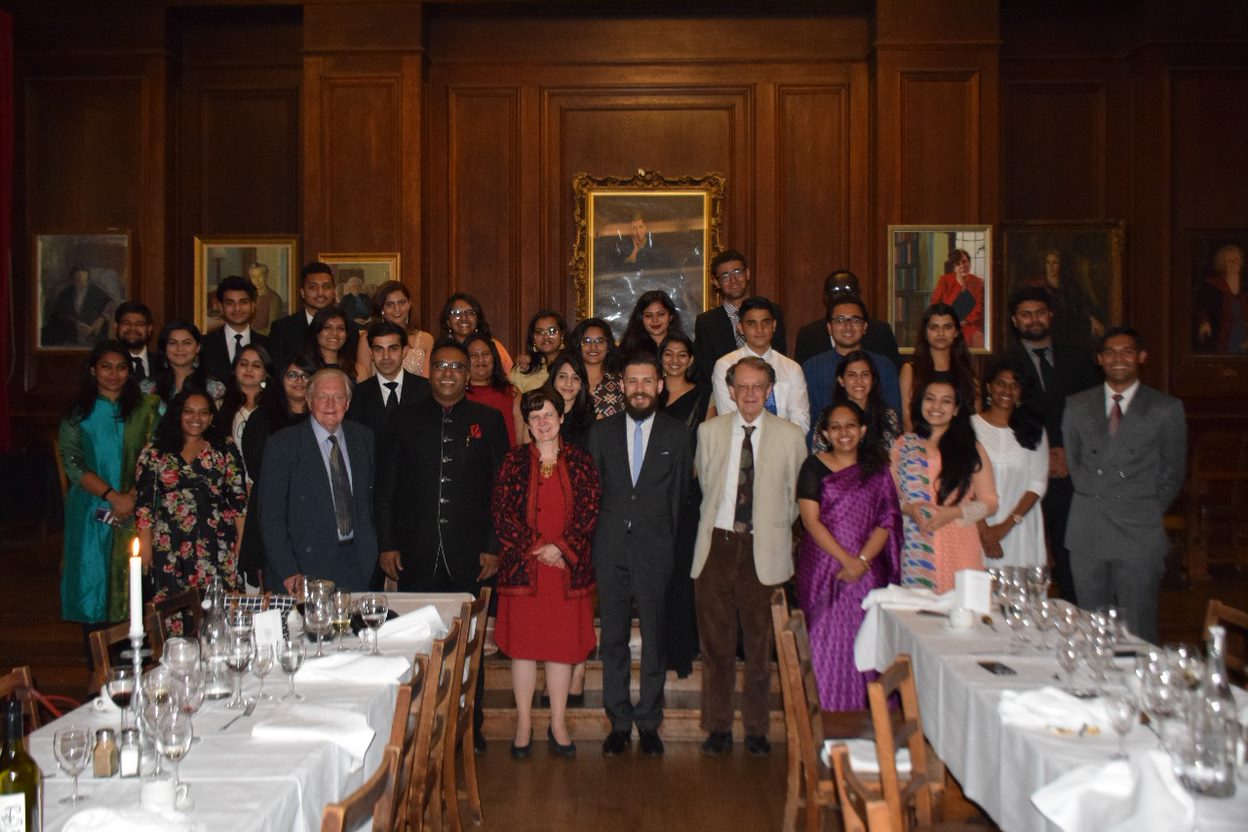The promise of radical reforms in the Indian education space has been a long time coming. To be precise, the newly launched National Education Policy 2020 bears the tremendous challenge of plugging a 34-year gap since the National Policy on Education, 1986.
The visionary proposal keeps today’s learners at the centre of a multi-pronged approach to transform education right from early childhood to higher education. By recognising on-going challenges, the NEP boldly envisions revamping every step along the way. It outlines a fundamental shift in the perception of teaching and learning, jolting the country out a slumber of dated practices, into a refreshing new possibility for the future.
Here are some of the key highlights that can herald a new age of higher education in India:
Redefining the meaning of “education”
A slew of changes is to be expected in the very ways in which higher education institutions (HEIs) will operate. In fact, the NEP challenges the core understanding of “education” itself.
It seeks to free students and educators of the prevalent binds of a culture of rote learning. It offers, instead, frameworks that will create a more immersive, exploratory, creative, stimulating and conceptual educational experience, where students will shift from learning “what to think” to learning “how to think”.
Multidisciplinary learning, the key to holistic growth
A central theme in the NEP is multidisciplinarity. Today, only a niche group of schools and universities have adopted this approach. The idea of moving away from silos and compartmentalised disciplines to combine different perspectives is the bedrock of a holistic learning framework. As young students prepare to enter a world that is increasingly multifaceted, an atmosphere that nurtures dynamic thinking and transferrable skills will go a long way.
As per the policy, all HEIs will aim to move towards interdisciplinary, holistic curricula that offer every opportunity for students to pursue their diverse interests, across social science and STEM disciplines, to transform into well-rounded individuals capable of succeeding in tune with the changing times. Students will have increased flexibility to chart their path in sync with their unique interests and future plans.
Restructuring higher education
The “fragmented” ecosystem of higher education could come together as a more integrated whole, if the NEP’s vision of combining different institutions into multidisciplinary universities and “higher education institution clusters” or “knowledge hubs” can be successfully charted.
Undergraduate programmes will be either three or four years, with multiple entry and exit points offering different levels of certification. Coupled with a credit transfer system, this reform opens the doors for students to gain a lot more control over their education.
The overarching goal of increasing the Gross Enrolment Ratio in HEIs to 50% by 2035 will be a big victory for Indian education, if achieved in time.
Leveraging technology and digitisation
Making students “future-ready” means initiating more digitisation in teaching and developing tech-savviness among students from across socio-economic backgrounds. This digital divide in access to quality education has been a major barrier that’s become more evident during the on-going pandemic. By upgrading digital infrastructure, supporting digitisation of higher education, and promoting online courses, the NEP charts a careful and robust route to overcome this challenge.
Focus on capacity-building of faculty
The NEP acknowledges that the most important factor in the success of higher education is the capability of faculty. It focuses on substantially boosting the motivation of highly qualified, experienced and exposed academicians and professionals to enter academia. Faculty may have the academic freedom to design their own curricula and assessment methods, and implement innovative pedagogies, within certain frameworks. Further incentives include faculty research and faculty development programmes, among others.
More public funding; encouraging private philanthropy
Such transformative measures to boost higher education need significant funding. To that end, the NEP has underlined the importance public as well as private initiatives and assures increased funding from the government. Additionally, it has encouraged the role of philanthropy in uplifting quality education.
Common entrance exams for universities
Creating a level playing field for students to gain admissions to quality HEIs calls for common entrance exams. The NEP will reform the National Testing Agency’s scope to conduct such exams across the board in India.
Boosting internationalisation, building world-class institutions
In an increasingly interconnected world, students must prepare for the global nature of their future prospects. From supporting institutions to welcome more international students in India, to offering Indian students the opportunity to study abroad, the NEP aims to foster international partnerships in various models.
According to the NEP, “high performing Indian universities will be encouraged to set up campuses in other countries” and “selected universities e.g., those from among the top 100 universities in the world will be facilitated to operate in India”.
The aforementioned steps will be a major thrust to boost the quality of higher education in India to come up to par with global standards.
In an ambitious roadmap, the NEP offers a progressive new paradigm crafted for the new generation of young Indians. It will call for greater levels of transparency within government and regulatory bodies, more institutional independence, and an urgent sense of responsibility among all.
Can the NEP transform India into a global education hub or perhaps even a superpower? It has floated many big ideas to harness this potential—and it is now up to the government, educators, students, parents and various stakeholders involved to rise to the occasion.



